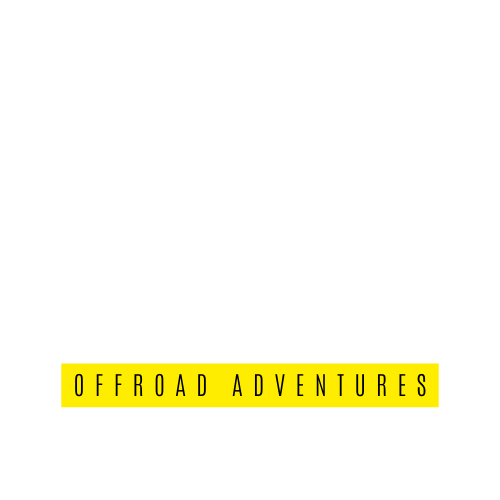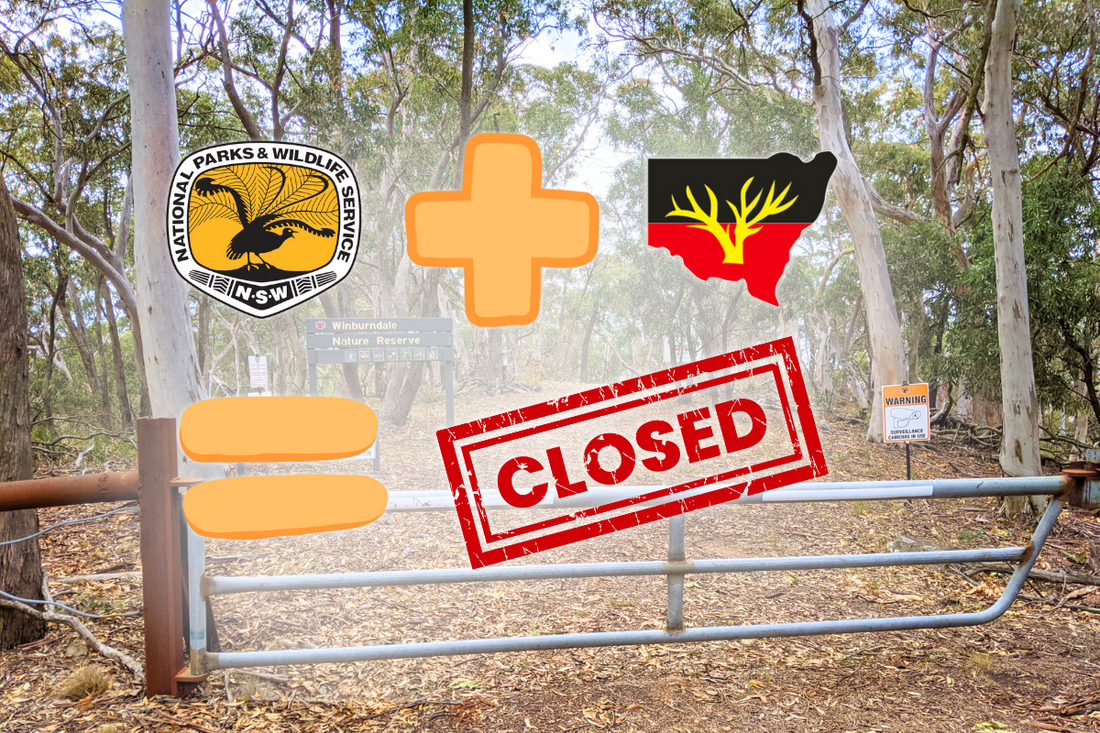Australia’s 4WD scene thrives on grit and freedom - weekend warriors, the big lap, mud-caked 79's crawling up power line tracks or overheating TD42's on Redhead beach. In New South Wales (NSW), with 895+ National Parks spanning over 7.6 million hectares, it’s a rugged dreamscape. But that dream’s fraying: access is tightening, and the land’s fate is tangled in a three-way brawl between off-roaders, conservationists, and Aboriginal Land Councils (ALCs). As gates lock and titles shift, the question looms - whose land is it, really?
The 4WD Fight for Access
For us 4WDers, NSW’s National Parks are a birthright - public land begging to be explored. That is after all why we live in such a vast country. Tracks like Lobs Hole Ravine or Abercrombie River National Park serve up steep climbs and remote campsites that feel like the edge of nowhere.

Yet National Parks and Wildlife Service (NPWS) keeps closing doors - Watagan Mountains, Wollemi, you name it - citing erosion or endangered frogs. A 2025 petition by Tony Crooke, backed by Libertarian MLC John Ruddick, landed a whopping 27,000 signatures, one of NSW’s biggest in decades outside euthanasia debates. Us 4WDers aren’t just tyre-kickers - we argue we're stewards, not wreckers, cleaning trails and boosting rural towns. Locked gates don’t just block trails; they choke our way of life.
Conservation’s Counterpunch
NPWS argue: parks aren’t playgrounds, or areas of exploration, they’re sanctuaries reserved only for those with a government entity ID. Mining’s off-limits in National Parks - unlike State Conservation Areas (SCAs) where coal rigs like Springvale chew at Gardens of Stone's heel - but argue 4WDs will scar trails and increase bog holes.

With city based environmentalists making more noise, they can’t risk more. Designated trails exist - Caves to Caves, Deua’s river crossings, the odd beach run along Stockton, but unrestricted access? Forget it. Fines sting, rangers patrol, and with examples like 2024’s viral Prado bogging, the leash is tight. They say public land isn't for access, adventures, or connecting with nature, you can do that at your pre-booked & allocated campsite within 5 metres of your camping neighbour.
Enter the Land Councils
Then there’s the Aboriginal twist. Under the Aboriginal Land Rights Act 1983, ALCs—think NSW ALC and its 120 LALCs - have reclaimed 1.5-2% of National Parks land: Mutawintji (68,912 hectares), Mt Grenfell (15,000 hectares), Biamanga (11,700 hectares). These 112,000-150,000 hectares shift to Aboriginal title, leased back to NPWS for joint management. It’s not a free-for-all yet, some parks stay public, mining’s banned - but cultural priorities creep in. Worimi Conservation Lands (Stockton Beach) with the adjacent Boral Quarries Stockton raise serious questions on the exact legal loopholes and land distribution around LALCs. When all 7.5 million hectares flip to ALCs, it will lock out the masses. There are official plans to hand over all land to ALC's within 20 years. This is known as the Strickland Estate Nielsen Park Master Plan - Gammin we cry!
Who Do Land Councils Represent?
ALCs allegedly speak for NSW’s 265,000 Aboriginal people - 3.8% of Australia’s 26.97 million. Any Aboriginal adult tied to an LALC’s turf can join, electing leaders to steer land claims. Handovers like Mt Grenfell heal old wounds, and grants fund funerals or housing. But genuine representation’s shaky - approximately 30,000 Aboriginal are members, and some call councils bureaucratic fat cats, hoarding a $1.2 billion asset pool while communities wait. Transparency’s spotty; trust’s thinner.
There have been over 53,000 land claims lodged by ALAC - an organisation that as mentioned, has a mere 30,000 members.
The 4WD Angle: 3.8% vs. 96.2%
Here’s where it really stings us 4WDers: access hinges on a sliver of the population. Aboriginal people, that 3.8%, steer park futures via ALCs - negotiating cultural rights, closing trails if sacred sites demand it. The other 96.2%—including the 4WD community - feel the ground slipping. Handed-over parks like Mutawintji stay open, but rules tighten: no off-trail exploration.

NPWS already gates tracks for conservation; ALCs layer on cultural locks. The 27,000-signature petition isn’t just about gates - it’s a howl against a system where 3.8% reshape a public asset, and 96.2% watch our playground shrink. No mining in these parks helps, but fewer trails don’t - freedom’s the casualty.
Where’s the Money?
ALCs bankroll this shift - grants, leases, rare land sales. NSW ALC’s $16 million yearly props up LALCs; lease income from handed-over parks fuels ranger programs or investments. It’s meant for Aboriginal benefit, but it's easy to see leaders live better than the grassroots. Audits claim it’s clean - no NT-style scandals here - but the disconnected aboriginal community feeds our gripe: why fund a system that edges us all out?
The Big Picture
NSW’s wild spaces are a battleground: Us 4WD and campers seek isolation and challenging trails. NPWS guards nature, ALCs reclaim Country. The Constitution’s silent - Our state government maintains rule of the land, and NSW’s juggling act leaves 3.8% with leverage while 96.2% lose tread. It’s not just wheels versus trees - it’s a question of who owns the bush, and who gets to enjoy it.

